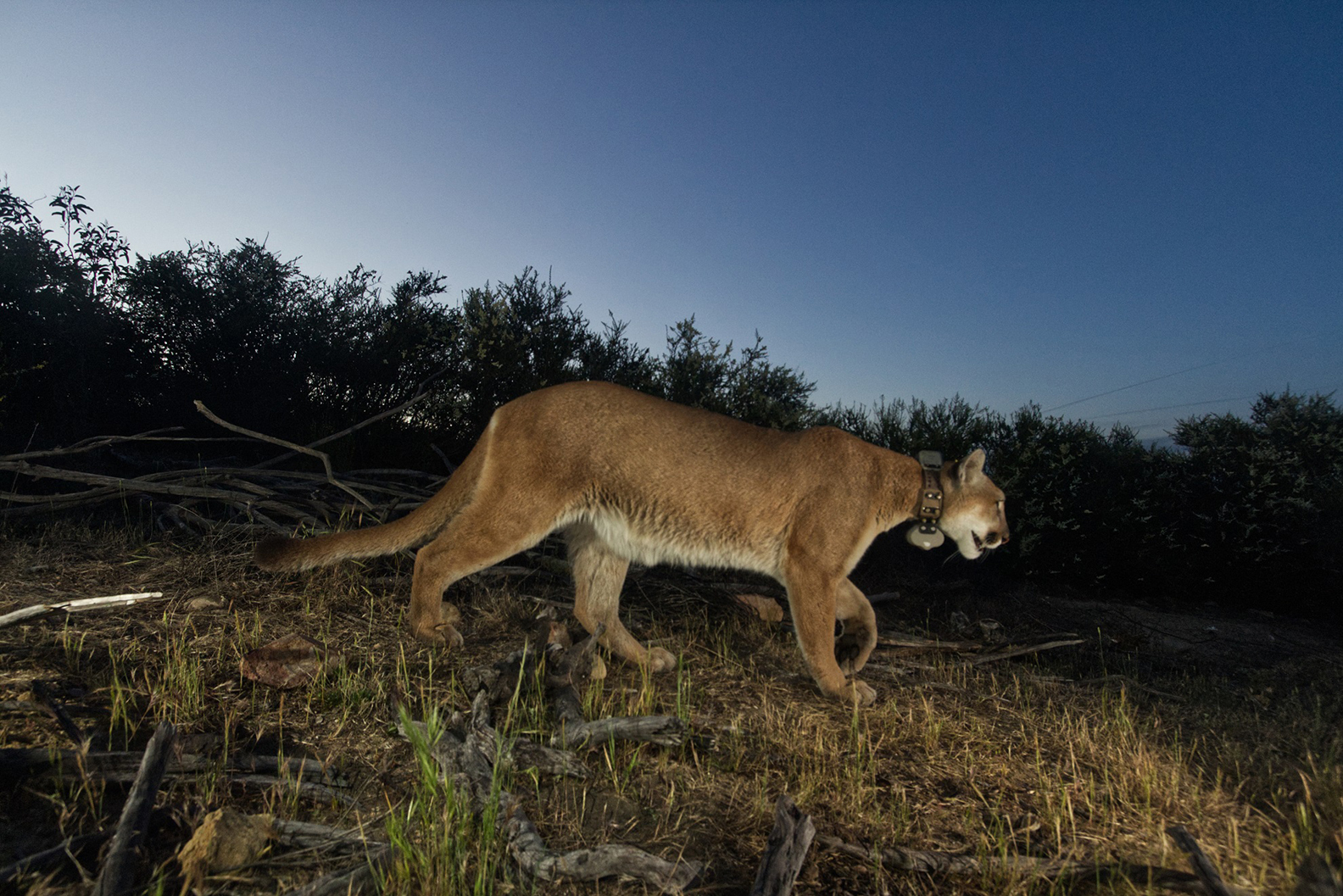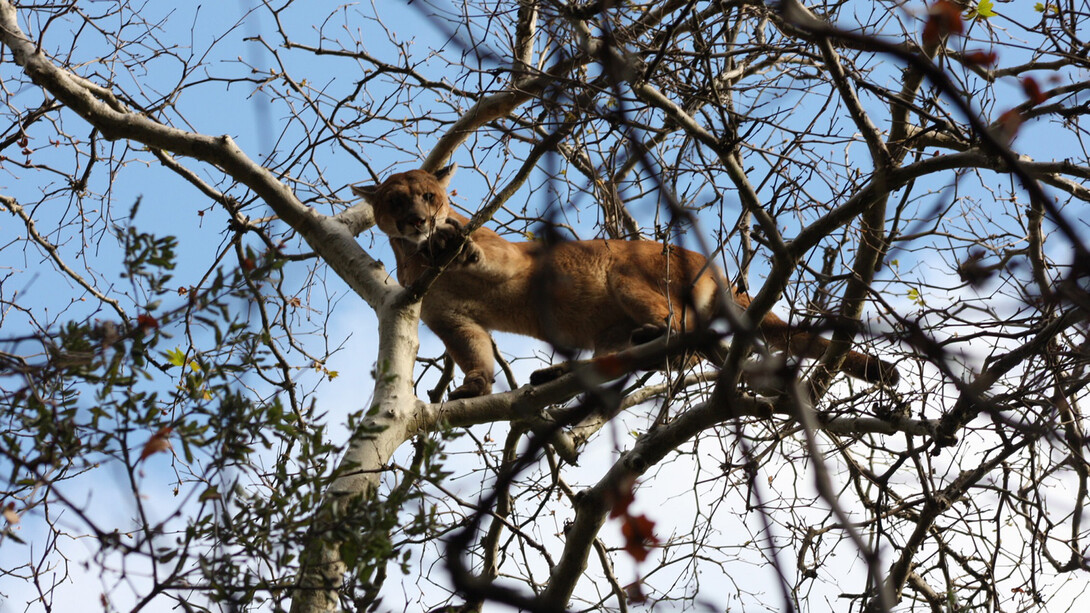
University of Nebraska–Lincoln scientists have contributed to a wide-ranging research collaboration in California that is pursuing innovative methods in the study of wildlife ecology. The project, focusing on survival and factors influencing mortality of California mountain lions, broke new ground in several ways.
First, the scientists found that human-caused mortality adds to mortality from natural sources and results in lower population-level survival rates, contrary to a longstanding theory in wildlife studies. The findings of “additive” human-caused mortality are important for wildlife management and conservation.
The study found, in fact, that human-caused mortality, primarily involving conflict with humans over livestock and collisions with vehicles, was the leading cause of death for this protected large carnivore, even though California law prohibits the hunting of mountain lions under a statewide ballot measure approved in 1990.
Second, the project assembled separate studies of the state’s highly dispersed mountain lion populations into a single, statewide study — a rarity in wildlife ecology research and a methodological advance for strengthening such scientific work. In all, the research team tracked almost 600 mountain lions in 23 study areas.
That approach “came from a recognition that large-carnivore population processes operate at very large scales, because they move such large distances over such large spaces, and yet most of the work that we do is conducted at pretty small, local scales within single populations,” said John Benson, associate professor in the School of Natural Resources at Nebraska. “So there is a bit of a mismatch between our understanding of some of these processes and the information that’s needed to effectively manage at regional and statewide levels.”
Benson is co-lead author of the project’s academic paper, recently published in the Proceedings of the National Academy of Sciences. The paper’s other co-lead author is Kyle Dougherty, a doctoral student in the School of Natural Resources who is working on a dissertation focused on understanding the ecology of mountain lions statewide in California.
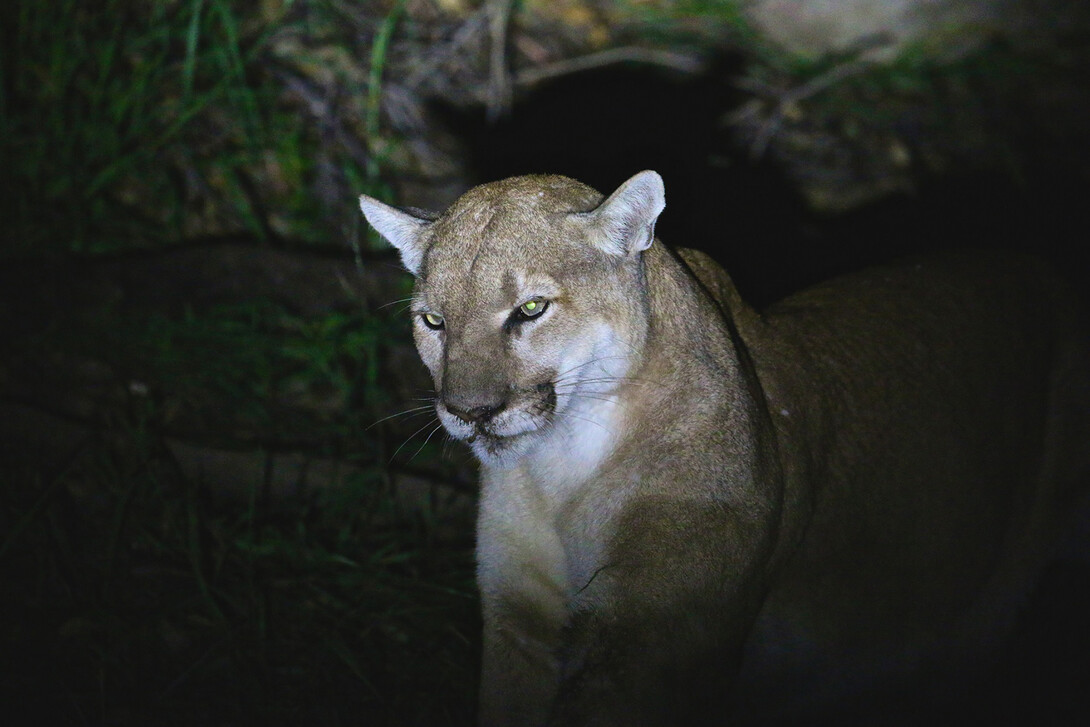
The project pursued innovative methods in a third way, by incorporating a social sciences component — using a general gauge of human attitudes toward environmental concerns — to strengthen the understanding of factors that affect mountain lion survival and mortality. Though mountain lions cannot be hunted in the state, residents can seek a permit to legally kill a mountain lion following incidents of livestock depredation. The number of these mountain lion killings was associated less with the density of local livestock operations than by how individual counties had voted on statewide environmental ballot measures. This result, Dougherty noted, “highlights how important human attitudes can be for the conservation of large carnivores.”
“We know that voting records are not a direct reflection of the complex views that humans have about tolerance of large carnivores,” Benson said, “but the results do suggest that there’s something going on in the mindset of humans that influences whether animals are killed following depredation of livestock.
“As ecologists,” Benson said, the findings “tell us we need to do a better job of incorporating actual data on human perceptions about tolerance for large carnivore species so we can better understand their influence on mortality and population dynamics.”
The project brought together researchers from multiple universities, government agencies and private organizations. The California researchers asked Benson to participate given his previous ecological research about mountain lions in the Los Angeles area.
Dougherty joined the project in light of his research focus on mountain lions, the world’s fourth-largest cat. His doctoral dissertation includes analysis of how mountain lions select resources while navigating risk associated with humans; dispersal of young males, an important factor for enabling genetic connectivity among populations; diet; and factors that affect home range size.
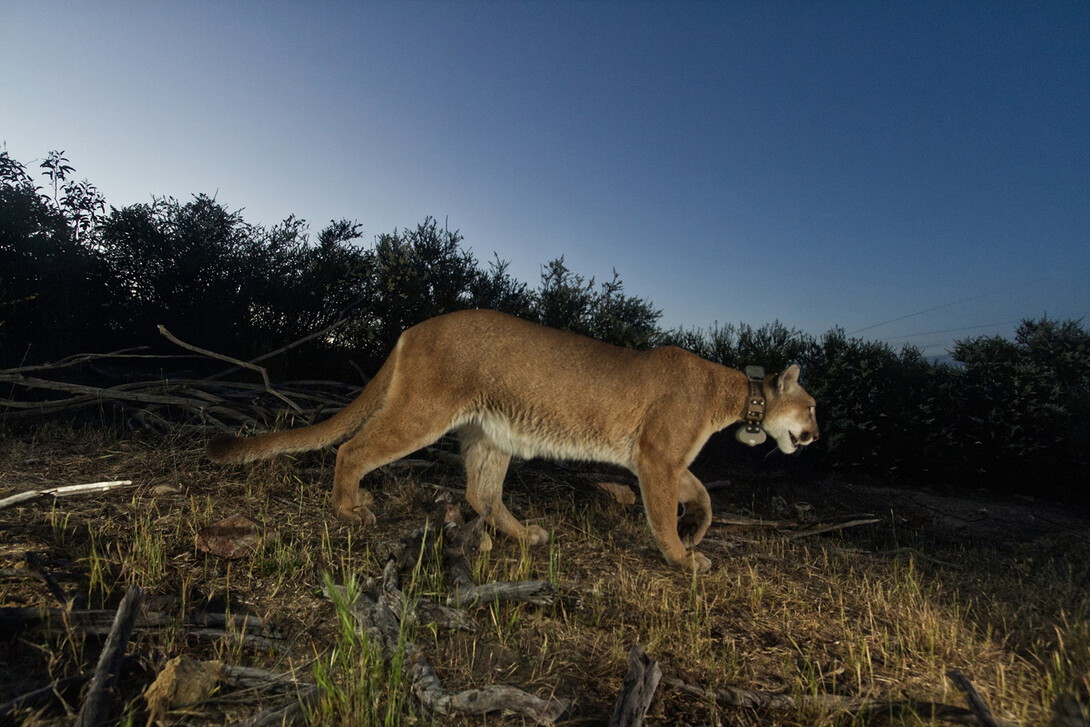
The new California research highlights the importance of understanding interrelationships among different mountain lion populations across the state and the need to enable connectivity among them for long-term conservation of the species.
“Young male mountain lions often move and breed long distances from where they were born, such that they are largely responsible for maintaining gene flow between populations,” Dougherty said. “Immigration of mountain lions from adjacent or more distant populations can also help compensate for high rates of human-caused mortality and maintain population persistence through a process known as ‘source-sink’ dynamics.”
Dougherty gained valuable experience on the project by applying quantitative models to address real-world research problems and by connecting mountain lion findings to broader ecological understanding.
“We’re learning a lot of important things about mountain lions in California,” he said, “but we were also able to test some of those bigger ecological questions that transcend the stage of mountain lions in California.”
The project was a collaborative effort conducted by researchers at Nebraska, the University of California, Davis, University of California, Santa Cruz, California Department of Fish and Wildlife, National Park Service, Institute for Wildlife Studies, Audubon Canyon Ranch, True Wild, Victoria University of Wellington, Integral Ecology Research Center, Hoopa Tribal Council, and Center for Large Landscape Conservation.
Share
News Release Contact(s)
Related Links
Tags
High Resolution Photos
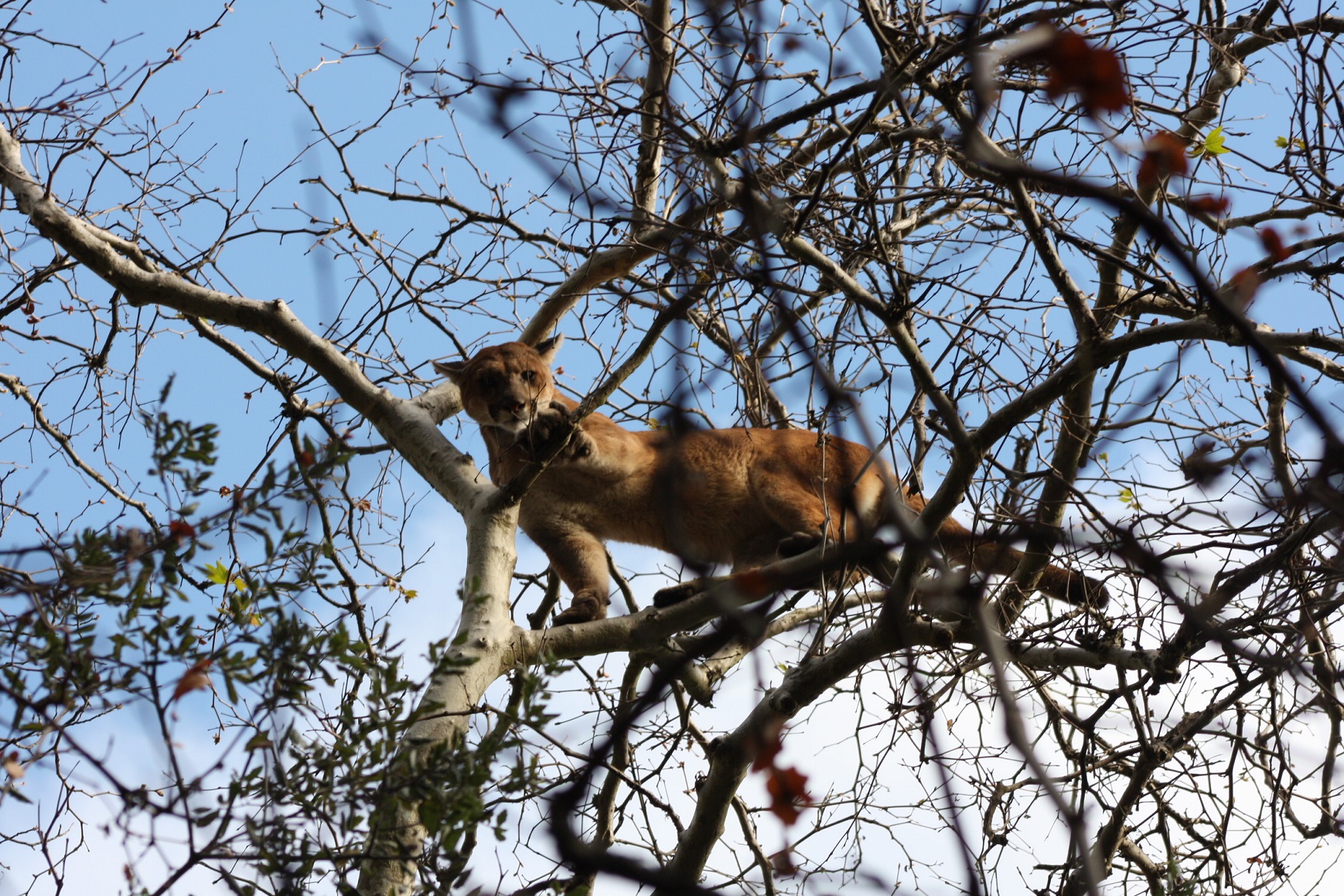
HIGH RESOLUTION PHOTOS

HIGH RESOLUTION PHOTOS
